From major sports events to rock concerts, the legacy of Helsinki 1952 lives on
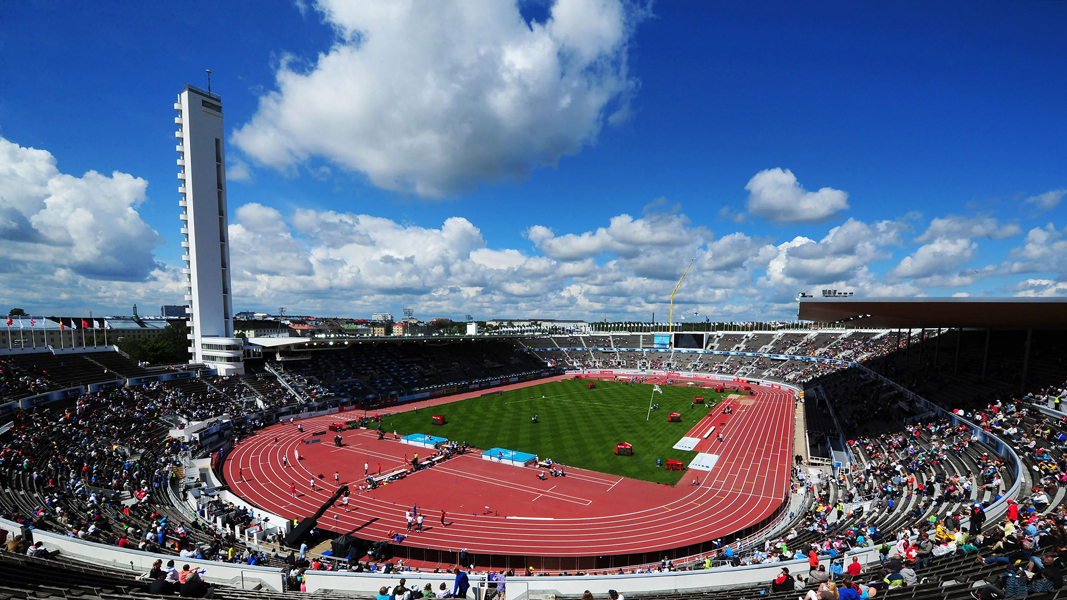
15 Jul 2022 – Seventy years ago in Helsinki, an expanded and revitalised Olympic Games provided a welcome uplift for a world recovering from war. Its series of sporting feats seems remarkable even today, as Finns continue to enjoy the Games’ legacy, in this 70th anniversary year.
Czechoslovakia’s Emil Zátopek was the outstanding track and field star, setting new world records in the 5,000m, 10,000m and marathon – which he entered for the first time after a last-minute decision. He remains the only athlete to win all three events at the same Games.
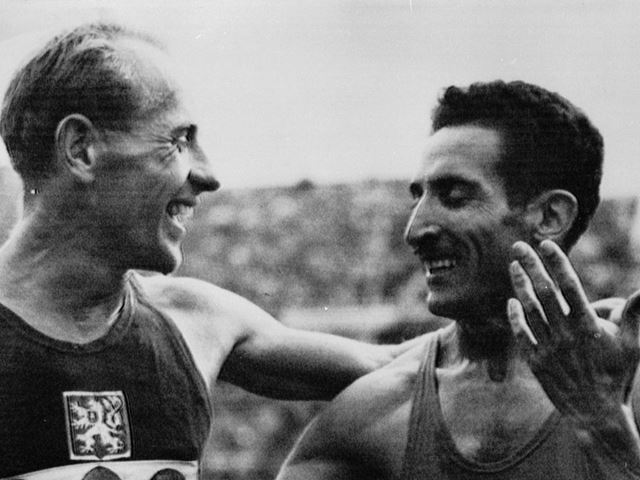
Sprinter Marjorie Jackson became Australia’s first female Olympic champion of the 20th century, earning golds and world records alike in the 100m and 200m. Hungary’s women won 7 out of 15 available medals in swimming, while the men were crowned Olympic football champions. And in the equestrian competitions, as women competed alongside men in mixed events for the first time, Denmark’s Lis Hartel won silver in dressage, despite being paralysed below the knees as a result of polio.
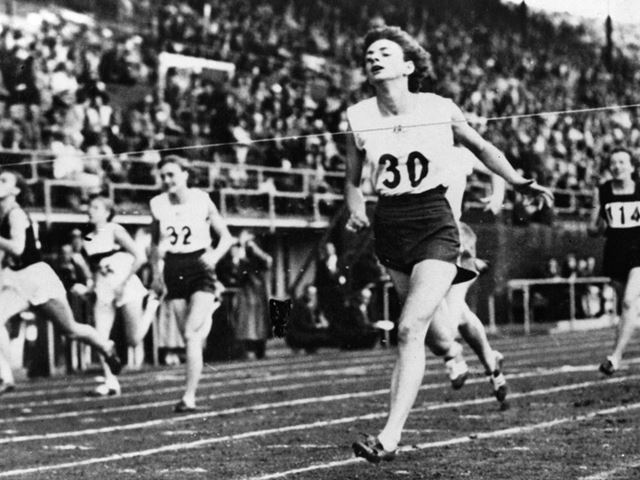
A false start
Helsinki had been all set to host the Games in 1940, but the preparations suffered a false start when the outbreak of the Second World War caused their cancellation. But, with many of the venues already built, the Finnish capital took the opportunity to host the Games 12 years later. They took place as the Cold War was taking off. Amid fierce competition between the Soviet Union and the USA, Helsinki welcomed 5,000 athletes from more countries than ever before.
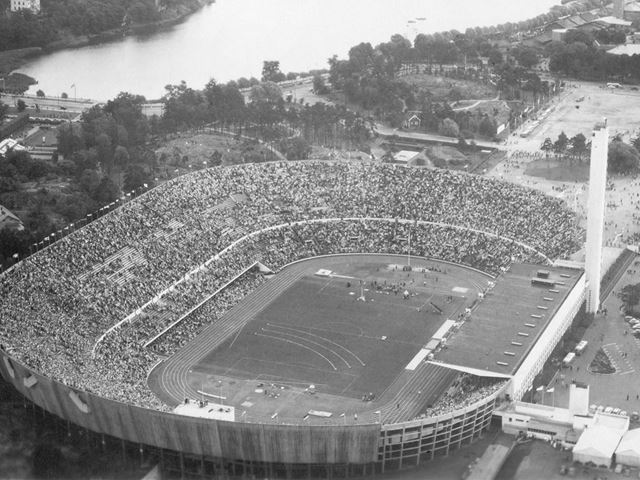
With its combination of venues built for 1940 and new facilities delivered by Finland’s post-war reconstruction programme, Helsinki dispelled doubts over its capacity to host the Games. Extensively used and refurbished since, these Olympic venues are an enduring legacy and are still central to the city’s life.
Physical legacy
The Games were held across a total of 19 venues. Of these, 14 were pre-existing, and 4 were built specifically for the 1952 Games; the temporary rowing stadium in Meilahti was dismantled afterwards. In all, 15 remain in use today.
One of the earlier structures, the Olympic Stadium, hosted athletics, show jumping and football, as well as the Opening and Closing Ceremonies for up to 70,000 spectators. Used variously since then for air defence, television broadcasts and private weddings, it remains a famous landmark and vantage point today. Its Marathon Tower is 72.71m high – the length of Finnish hero Matti Järvinen’s gold-winning javelin throw at the Olympic Games Los Angeles 1932.
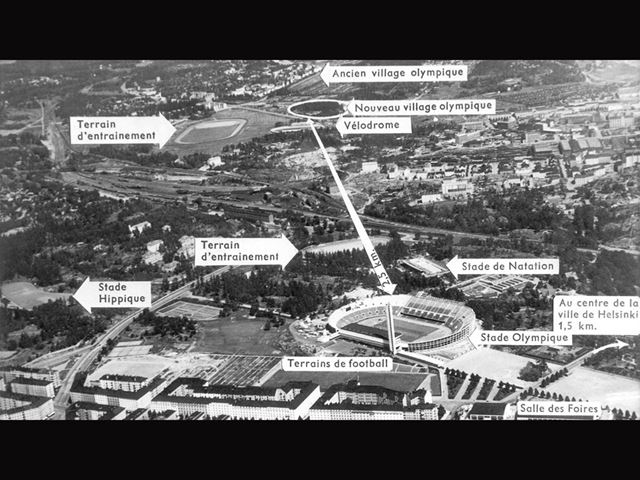
The stadium has undergone a couple of refurbishments in the last 70 years. Now a multipurpose facility with a reduced capacity of 40,000, it still hosts a range of sporting and cultural events, including more than 20 different sports to date.
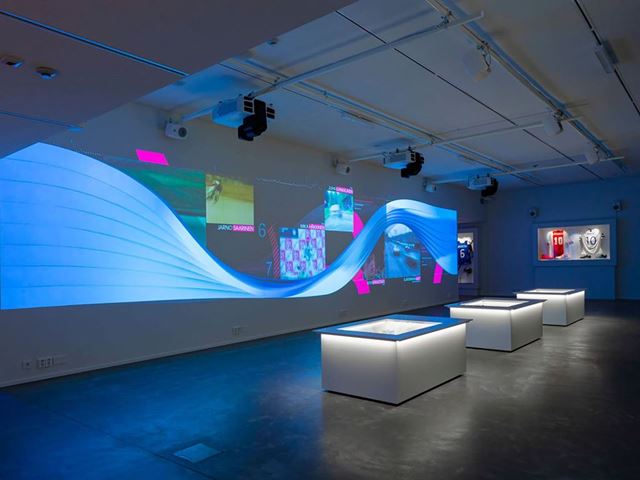
The World Athletics Championships, European Athletics Championships and UEFA Women’s Euros have all taken place there, while the Rolling Stones, Michael Jackson and Madonna have all performed at the venue. Meanwhile, tourists continue to visit the impressive Sports Museum of Finland, housed in the stadium’s western wing. Each year, the Olympic Stadium welcomes some 600,000 visitors.
From herring to swimming
A two-minute bike ride away, Helsinki’s Swimming Stadium was built for the 1940 Games, and then used to store herring and root vegetables for Finnish troops during the war. It hosted the swimming, diving and water polo in 1952, and today boasts a 50m swimming pool, diving pool, children’s pool, weightlifting area, and more. Open in the summer months, it is no longer used for international competitions but welcomes nearly 300,000 visitors each year. Multiple football pitches, the Velodrome and the Taivallahti are also used today for football, cycling and rowing respectively.
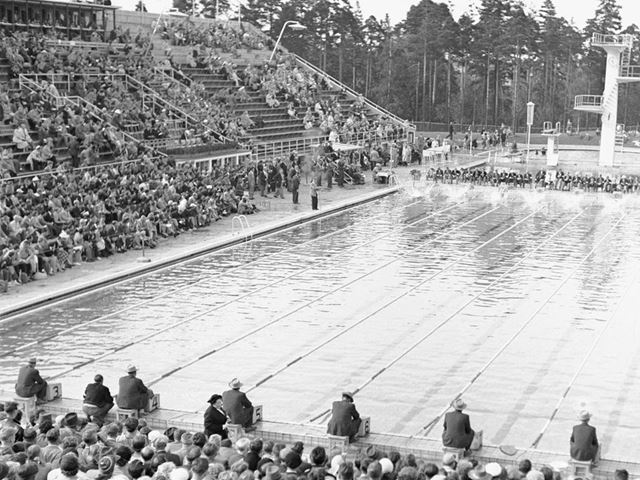
Social legacies
Helsinki’s second run at staging the Olympic Summer Games more than doubled its legacy of social housing. The 1940 Olympic Village – built to house 3,200 athletes – was home to 500 families long before Helsinki’s second bid. In 1952, its somewhat larger twin accommodated 4,800 competitors in 545 apartments spread across 13 buildings. Also in the Kaplya district, it too was converted for social housing.
Both Villages are still popular with residents, who appreciate their peaceful, leafy surroundings, as well as the architecture and quality of construction.
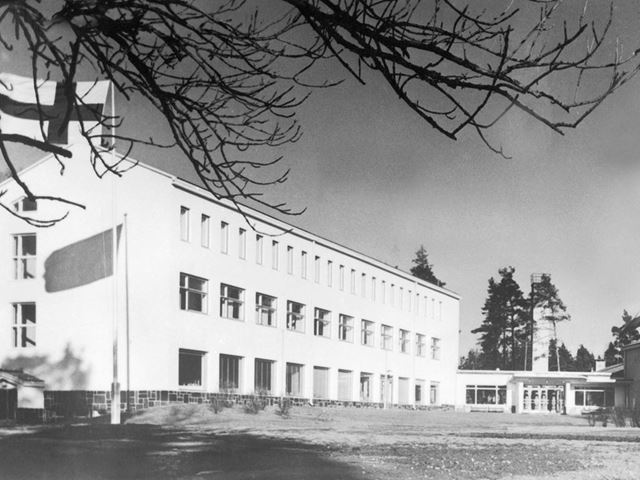
The volunteering tradition takes off
Helsinki 1952 marks the moment when the Olympic tradition of volunteering took off. The previous summer “Austerity Olympics” of 1948 – held in London amid food rationing in the wake of the war – had seen the first Olympic volunteer force. Four years later, the Helsinki 1952 Organising Committee introduced a thorough volunteer selection process and training, laying solid foundations for Olympic volunteering today. Volunteers with a variety of skillsets were invited from diverse backgrounds. They included civil servants, amateur sports officials and ordinary citizens. After their training, they helped provide a range of services, from translation to the maintenance of pitches.
In another break with past reliance on the army or boy scout brigades, around one in four of the 2,192 volunteers were women, whose growing involvement in Olympic volunteering over the intervening years has helped advance gender equality.
“Helsinki 1952 lives on today, and not just in the memory of older Finnish citizens,” said Jan Vapaavuori, President of the Finnish Olympic Committee. “The city still bears its mark in the many Olympic venues that remain at the heart of Helsinki’s social and cultural life. The Olympic Movement also owes a debt to the organisers, who saw the opportunity and value of mobilising citizen volunteers. These are a vital part of the living legacy of each new Olympic Games.”
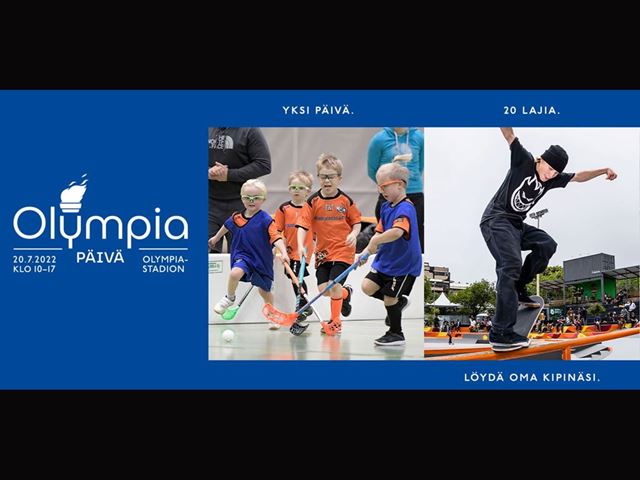
The 70th anniversary of the Olympic Games Helsinki 1952 will be marked by an “Olympic Day” event held on 20 July in and around the Olympic Stadium. Open and free to the public, the event will offer visitors the opportunity to try a variety of sports, guided by instructors from local clubs. The Finnish Sports Museum will also be open for free, along with the 1952 Olympic swimming pool. A VIP brunch at the Olympic Stadium will bring together some of the athletes from the 1952 Finnish Olympic team.
For more information about the planned celebrations please visit https://www.olympiakomitea.fi/olympiapaiva/ (in Finnish only)





